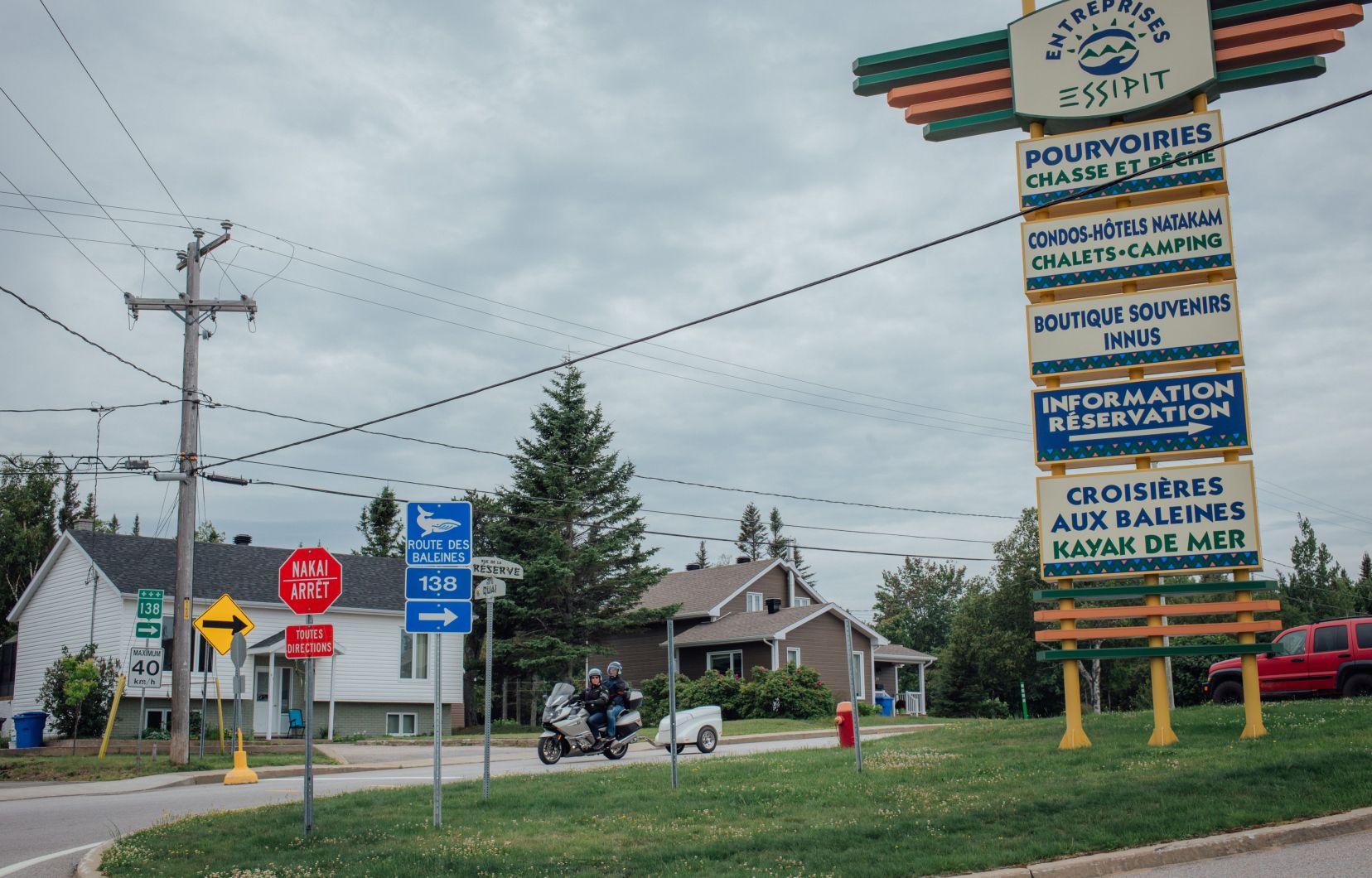Indigenous populations have made some economic progress in recent decades, but they continue to face several obstacles, ranging from the rules that govern them to the state of their infrastructure, but starting with the difficulty of having a clear and precise about their situation.
The Bank of Canada unveiled its first Reconciliation Action Plan last week, outlining what it intends to do to promote the economic development and inclusion of Indigenous populations. In addition to its efforts to build a more equitable and open organizational culture, it is committed to working to deepen the understanding of their economic realities.
Because in fact, we still face today a serious problem of “availability and quality of data” on this subject, she notes in the most recent portrait of the situation, which accompanied her plan.
At the last census, in 2021, the Indigenous population of Canada stood at approximately 1.8 million people, with just over 1 million First Nations members (735,000 living off-reserve and 313,000 living on reserves), 624,000 Métis, 71,000 Inuit and 64,000 Aboriginal people of different identities.
The best study on the subject establishes the income of these populations at just under $50 billion in 2020, the equivalent of only 2.2% of Canadian gross domestic product — and less than half of the demographic weight of Indigenous people. (5%) in the Canadian population.
These figures do not perfectly reflect all the economic activities of indigenous communities, admits the Bank of Canada. In particular, they do not take into account the high proportion of people who meet part of their needs by maintaining traditional hunting, fishing and gathering activities. They also completely ignore the value that environmental, cultural or social factors might have in their eyes in their conception of well-being.
The fault of colonization
The economic lag that Aboriginal people experience compared to the Canadian population as a whole takes the form, among other things, of a generally much lower employment rate — with the exception of the Métis — and of wages that have been catching up for at least around twenty years, but still much lower than those of non-Aboriginal people.
The indigenous economic delay is also found in the creation of businesses and their performance. Between 1.6% and 3.5% of all Canadian businesses are indigenous, which is, once again, a lower proportion than the weight of indigenous peoples in Canada (5%). We know that their sizes are very similar to those of other Canadian companies, but that they are concentrated in the construction, agriculture, forestry and fishing sectors. There too, their revenues and profits would be lower than the Canadian average.
“The economic disparities faced by many indigenous communities are rooted in the history of colonization, the confiscation of their traditional territories and the systemic barriers to their economic participation and development,” concluded the Royal Commission on Peoples in 1996. indigenous.
When reserves were created, they were generally placed far from major centers, on territories that were less valuable. This physical distancing does not go without significantly complicating the educational path of the youngest, reducing the professional options which will then be available to them, constraining those who would like to go into business and making life more expensive for everyone.
According to the OECD, the wage gap between Canadians and indigenous peoples is mainly due to the fact that the latter, on average, spend less time in school, hold less skilled jobs and work in economic sectors that are not sufficiently oriented toward the knowledge economy.
Already struggling with the remoteness of services and infrastructure from major centers, Indigenous entrepreneurs must also deal with the numerous limits to residential property and credit that come with the Indian Act. This forces them to rely disproportionately on their personal savings rather than being able to draw on credit from banks, like any other entrepreneur.
Taken together, the rules governing First Nations territories would multiply the cost of doing business there by four, if not by six. It is not surprising, in these circumstances, that less than 15% of Indigenous GDP in Canada comes from reserves.
Restore lost prosperity
A more sensitive public opinion, important victories in court and the multiplication of large economic projects on the territories occupied by indigenous peoples have forced companies and governments to be more open to the renegotiation of certain treaties, to a better sharing of wealth and a form of business partnership.
So far, experience tends to indicate that those who benefit the most from these new forms of arrangement are not the indigenous communities directly targeted, but their immediate non-indigenous neighbors, reports the Bank of Canada. In one of the cases studied, more than 85% of the economic benefits would fall short of the target.
It is not a question here of bringing the benefits of capitalism to cultures foreign to any economic logic, but of helping them to “restore” their lost prosperity, explained in 2022 one of the deputy governors of the Bank of Canada, Lawrence Schembri. “Before the arrival of colonizers, Indigenous peoples had vibrant economies, thriving communities and healthy governance structures,” he argued.
The central banker cited the president of the First Nations Tax Commission, Manny Jules, in support. “We paid taxes, had property rights, built and maintained public and economic infrastructure, had a currency, and established standards that supported large and prosperous trade networks,” the former indigenous leader had told him.
